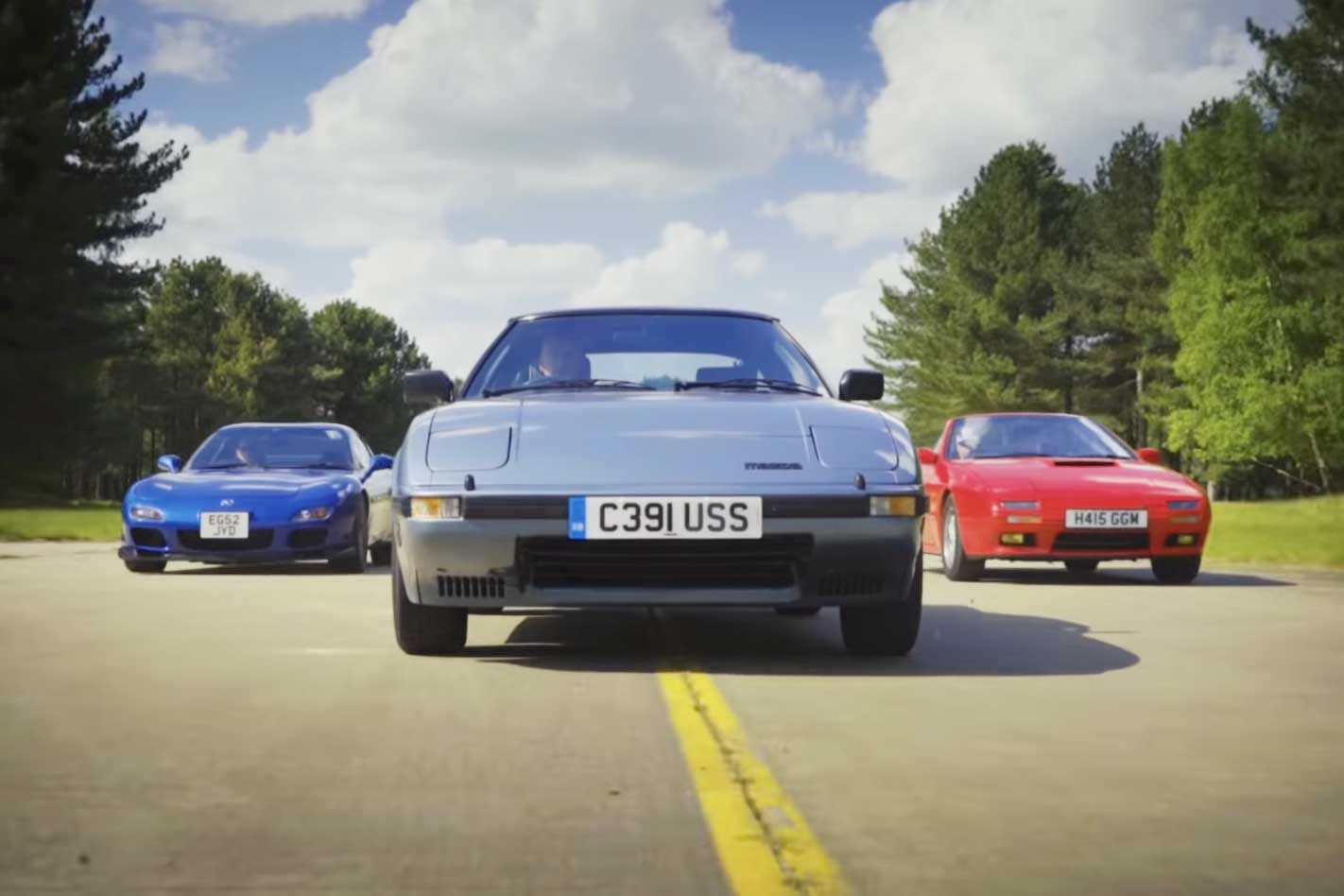This year, 2018, marks the 40th anniversary of the Mazda RX-7.
In fact, the date this story is published – July 1 – marks 40 years to the day since the first Mazda RX-7 was registered in Australia according to the archives at Mazda Australia HQ. So we decided today would be the best day to look back at the ‘highlight reel’ of the RX-7’s history, particularly in Australia.
But first, a quick history lesson from the UK thanks to Mazda, which gathered one model from each generation of RX-7. They’re called FB, FC, and FD.
The FB Mazda RX-7, which was released in 1978, became a performance icon to demonstrate what the Wankel rotary engine was capable of in a road car.
According to previous stories on the RX-7 from MOTOR Magazine, Mazda’s engineer Takao Kijima, studied the Porsche 924 and emulated it with a car that offered close to 50:50 weight distribution, which he achieved by locating the 77kW/147Nm 12A twin-rotor engine in a front-mid position.
When MOTOR (then known as Modern Motor Magazine) first drove the RX-7, we noted that it was “quick without being sensational”, but that “the Mazda’s real abilities lie in putting down fast point-to-point times in demanding conditions.
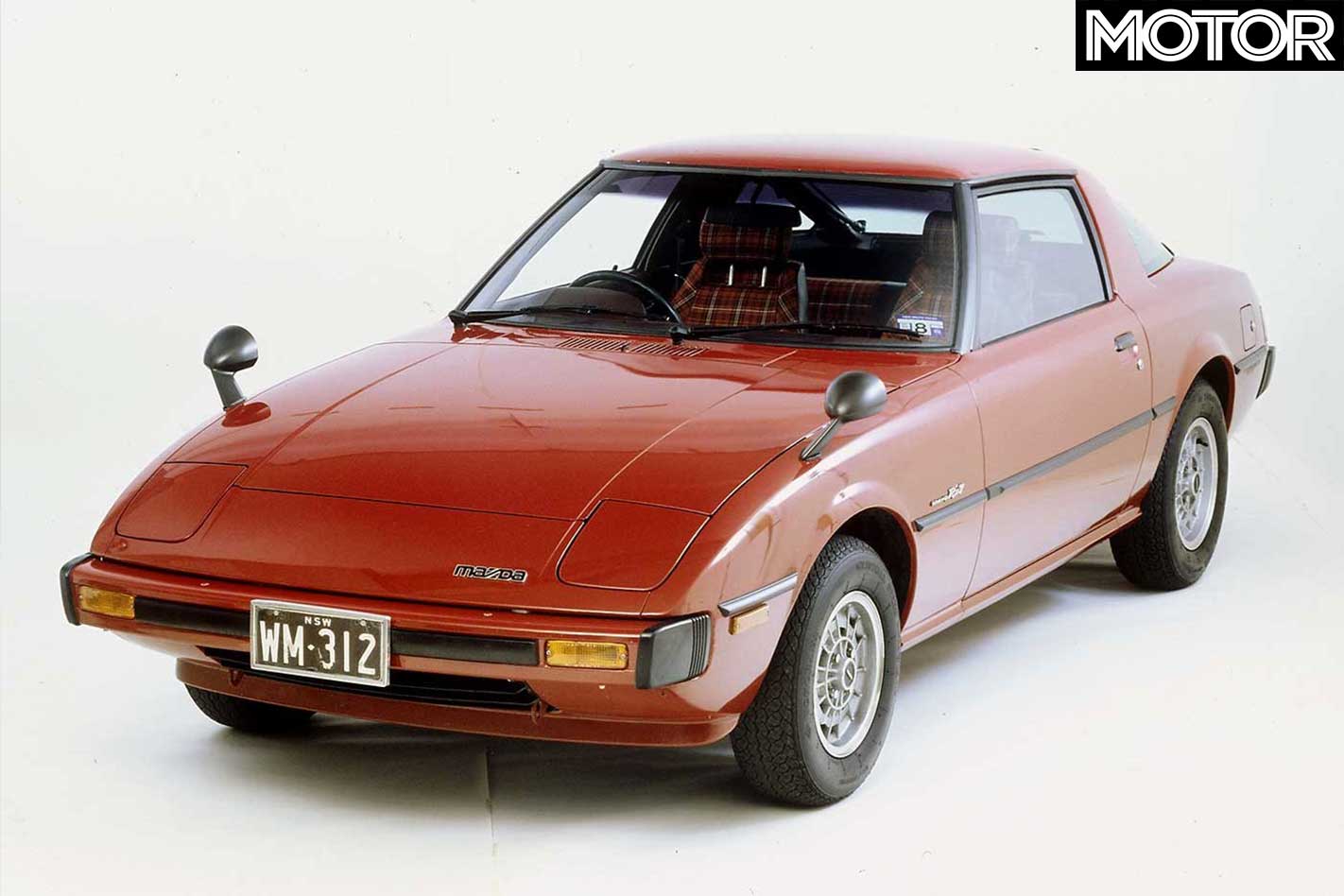
“Over undulating, twisting, narrow secondary roads, the Mazda would out-run just about any mass-produced car − and many thoroughbreds, too.”
It became the weapon of choice for one Alan Moffat during the early 1980s in touring cars. Opposition to the car’s admission was heavy until it was clear that the car didn’t have massive power advantage.
What the car did have, however, was balance and low running costs. A few months after its debut, it won the 1981 Australian Endurance Championship.
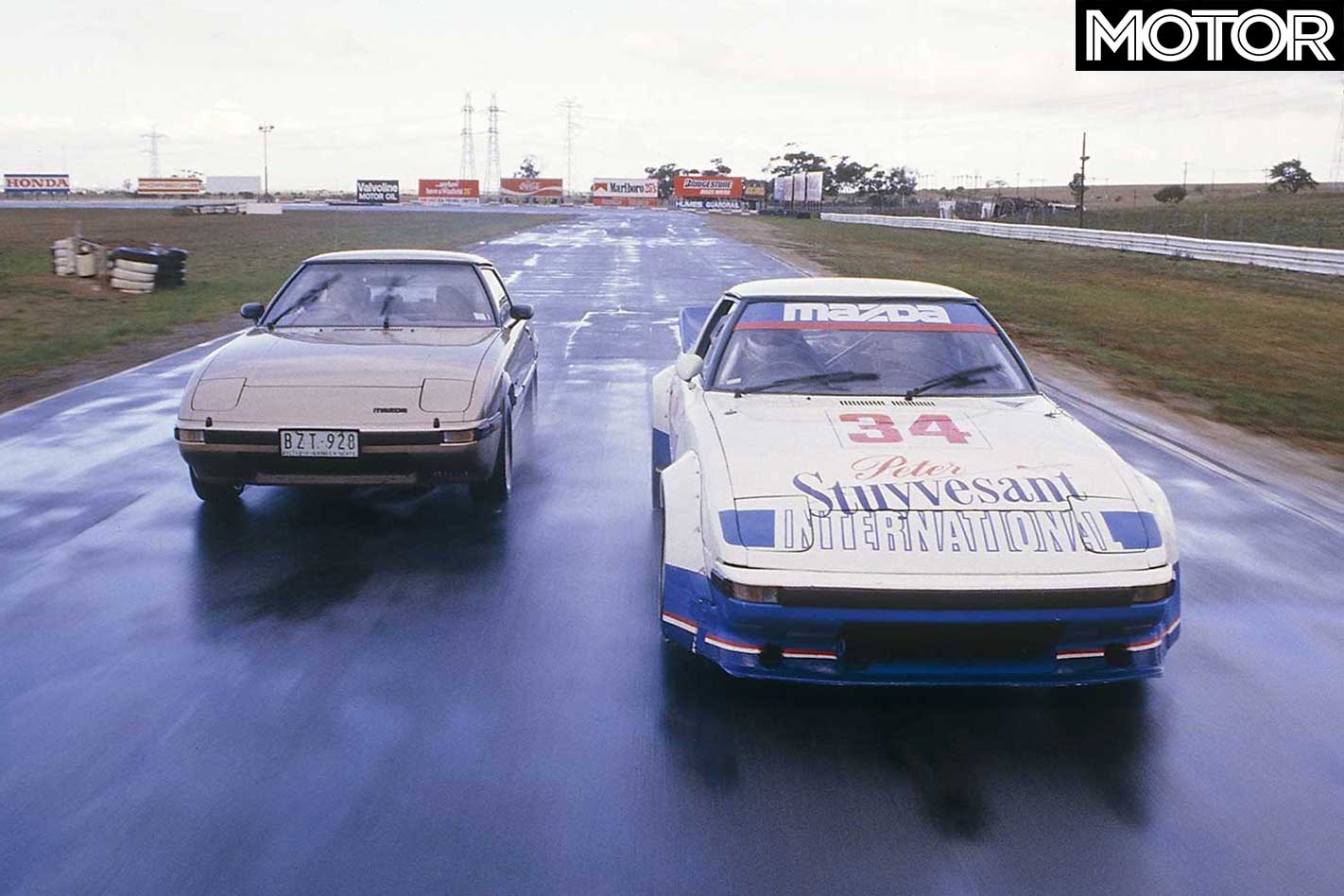
“The first real demonstration of its prowess came at the Sandown 400,”Moffat once told MOTOR.
“We went the whole distance on one set of tyres. This showed how ideally balanced the car was. After our first stop there were sniggers along pit lane. People thought we’d forgotten to change tyres.”
In 1982, at Lakeside in Queensland, Peter Brock broke the lap record in a Commodore, but Moffat went out and clocked a lap 1.1sec better in the RX-7.
The RX-7 would eventually become turbocharged, offered in Japan during the FB generation, but not in Australia until the FC came around in 1985.

By this point, a turbocharged option was available to Aussies with 133kW/247Nm, and could hit 100km/h in 7.8sec. The engine used in this car might be more familiar to younger readers than the 12A rotary.
The FC-gen RX-7 brought with it the iconic 13B.
It was also far more ‘Porsche’ than Mazda might like to admit. It featured multi-link rear suspension and passive rear-wheel steering, while a later Series V Turbo produced 146kW/265Nm and hit 100km/h in less than 7 seconds.
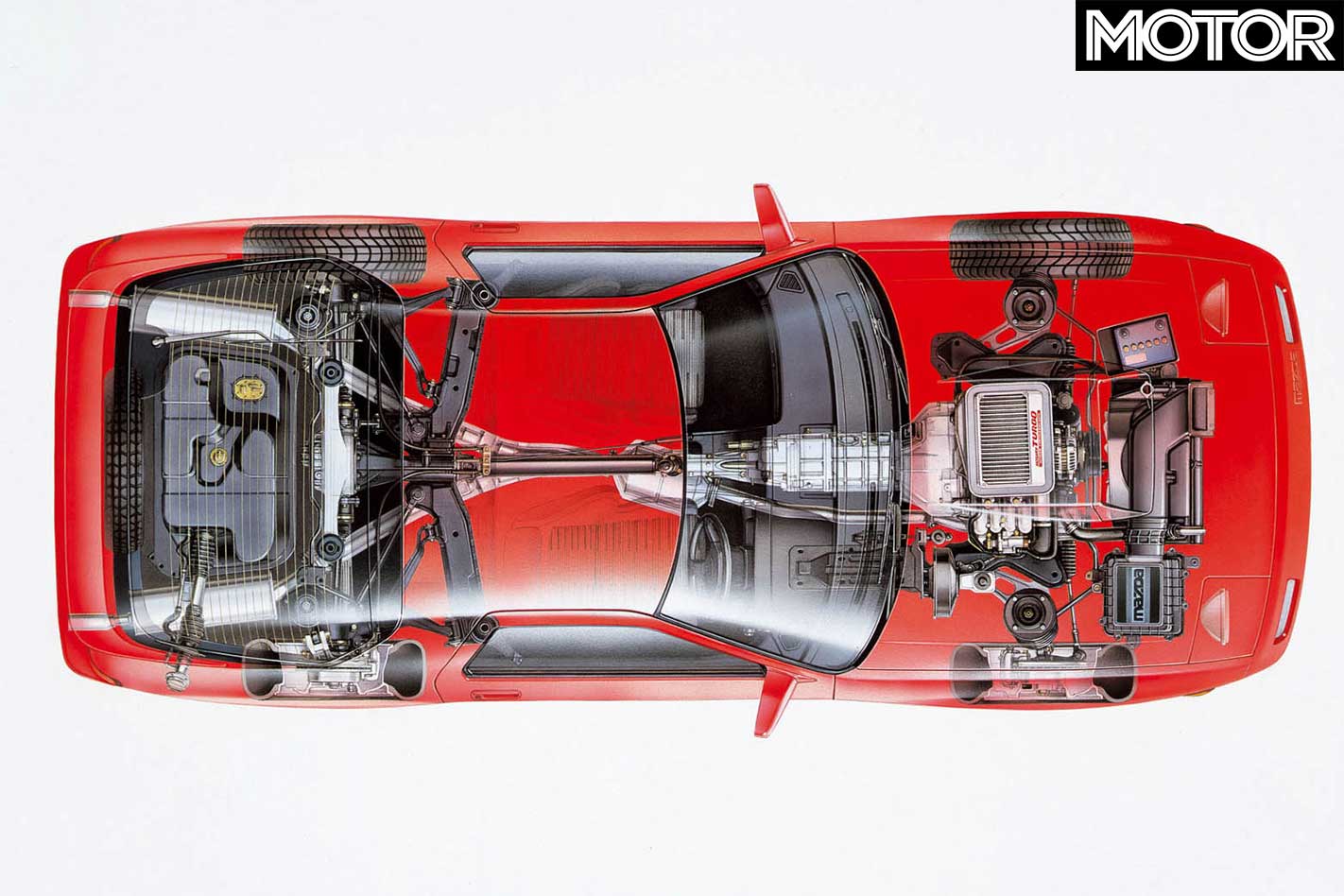
The RX-7 was finally taking the fight to the Euros.
But perhaps the generation most responsible for the RX-7’s fame is the FD.
The third and final RX-7 was a culmination of everything learned prior, meaning twin-turbochargers and better chassis dynamics, as well as 176kW and 294Nm being more than enough for a 1290kg vehicle.
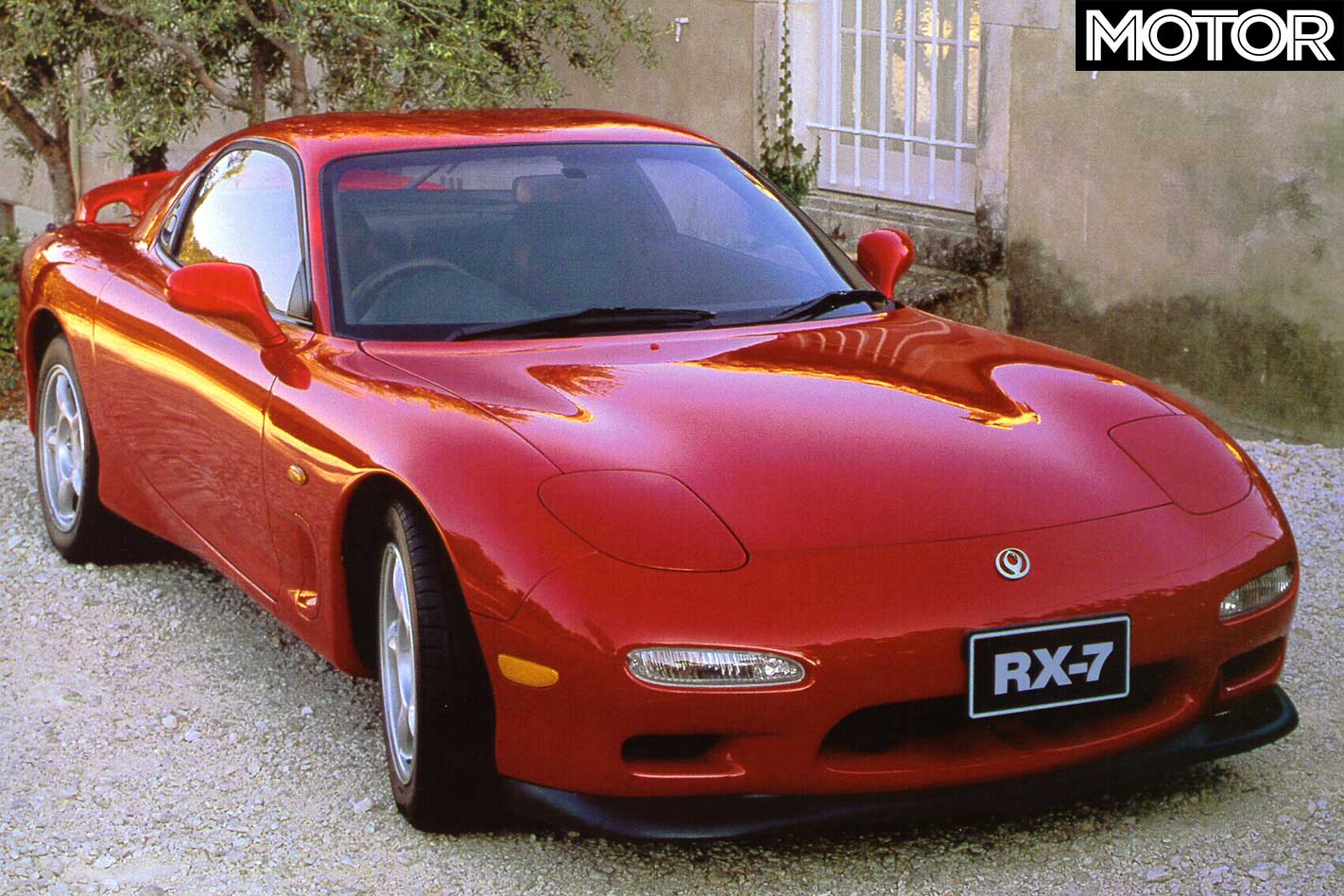
“This is a car you can balance on the throttle beautifully,” MOTOR wrote in June ’95.
“Its chassis is great and it’s nicely weighted. Sharp rack-and-pinion steering, 50:50 weight distribution, wider track and lower centre-of-gravity all contribute to delightfully sporty dynamics.”
Several race wins later, and the FD RX-7 had well and truly proven its prowess. So Mazda Australia built a faster, better, and far more expensive RX-7. The RX-7 SP.
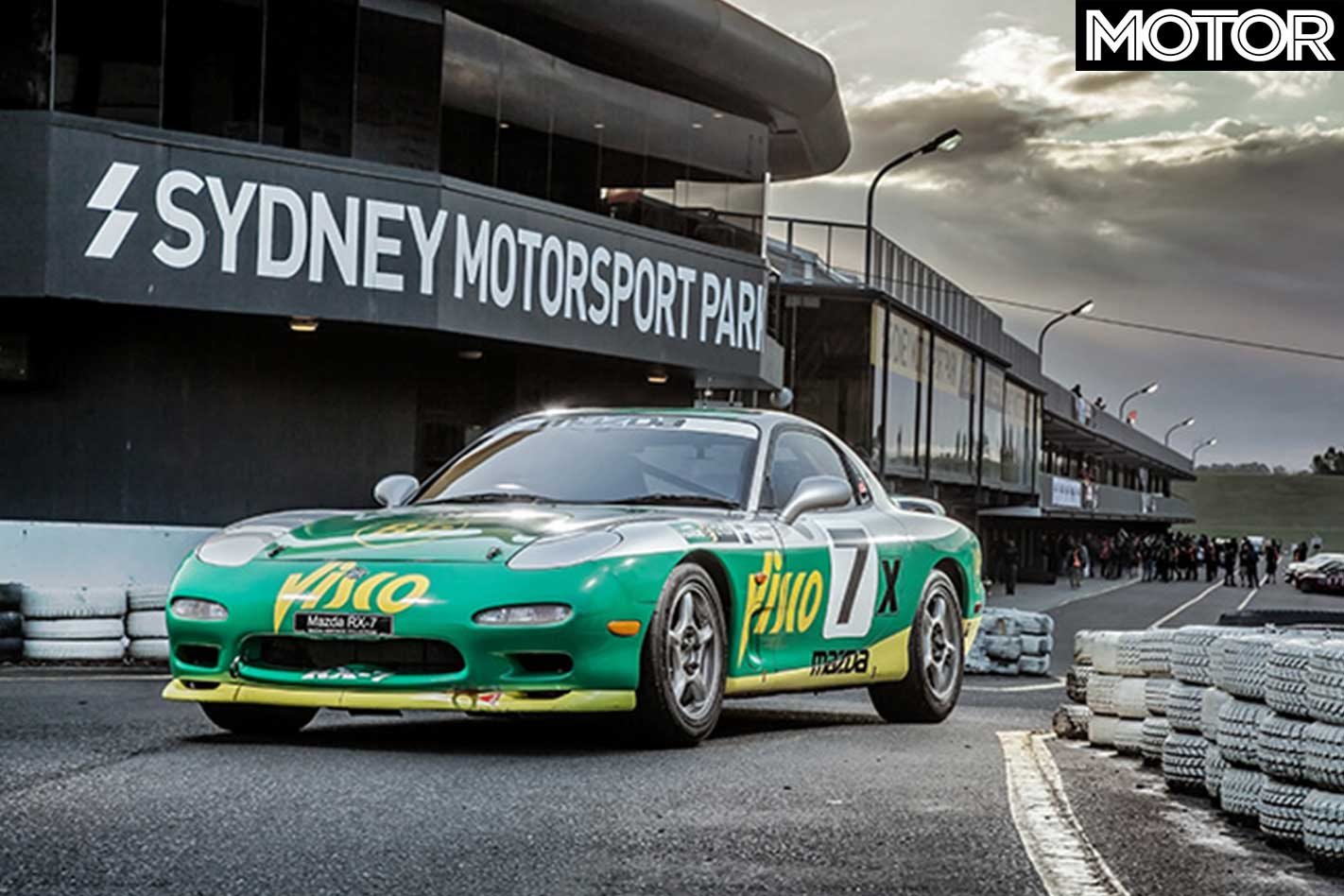
Though it was essentially the race version of the FD, some road-going models are still around today, with its original $99,750 asking price having been overshadowed by a sharp increase in demand for ‘90s Japanese classics.
Its 204kW/357Nm twin-turbo rotary made it arguably the greatest RX-7 of them all, and it was a fitting way for the badge to go out – locally at least. It was Australian developed as a homologation car with help from one Allan Horsley – part of Moffat’s team at the time.
“We developed the SP in such a short period,” he told MOTOR.
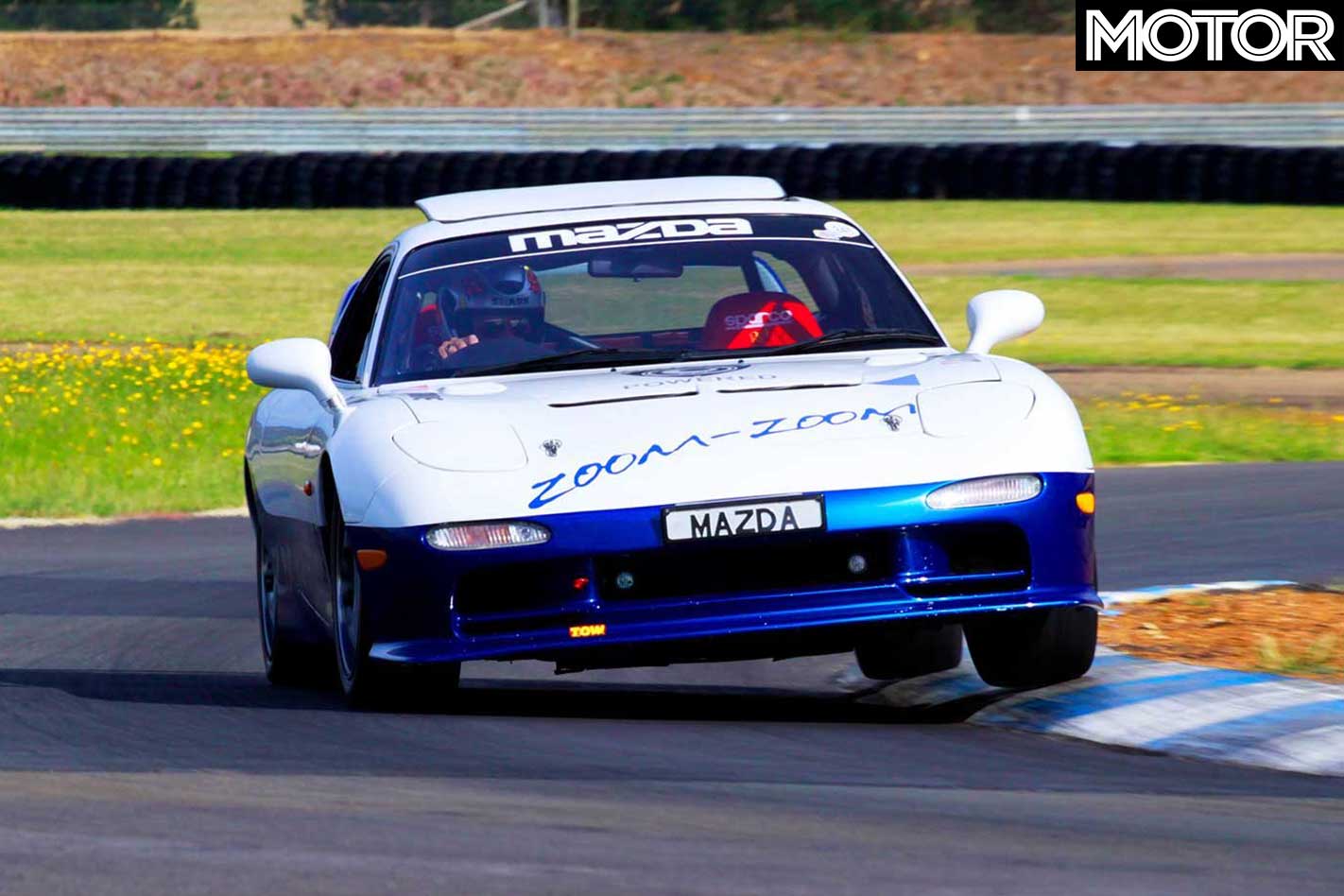
“We heard the [Porsche] Clubsport and the BMW [M3R] were coming and thought that we weren’t going to win with the standard RX-7. So we started work on the SP.
“There were something like 180 changes, all made in the workshop at Kingsgrove. We had a great team put them together and we were incredibly lucky.
“Everything worked first time: the rear wing, the larger carbon fibre fuel tank – it all just worked. And we initially were going to make 10, but the orders just kept coming.”
By 1999, the RX-7 was gone from Aussie showrooms, though it survived in Japan a while longer, where models such as the ‘Spirit R’ had become iconic in their own right.
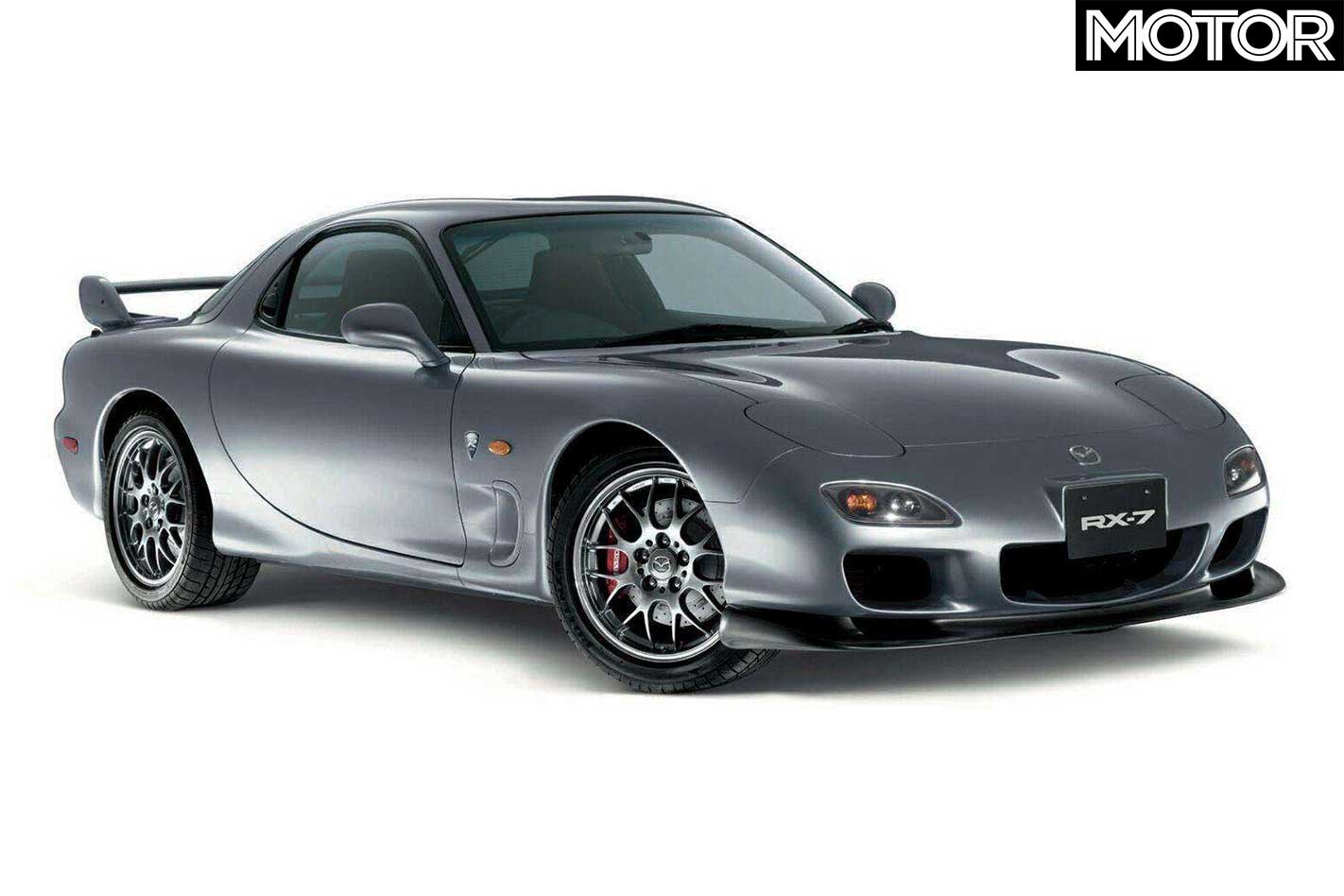
Lately, whispers of Mazda returning to its rotary roots and releasing a successor to the RX-7 – as Toyota has done with the Supra – have kept our interest, but it’s no reason to hold one’s breath.
All we can say for now is: Happy Birthday to the Mazda RX-7!


